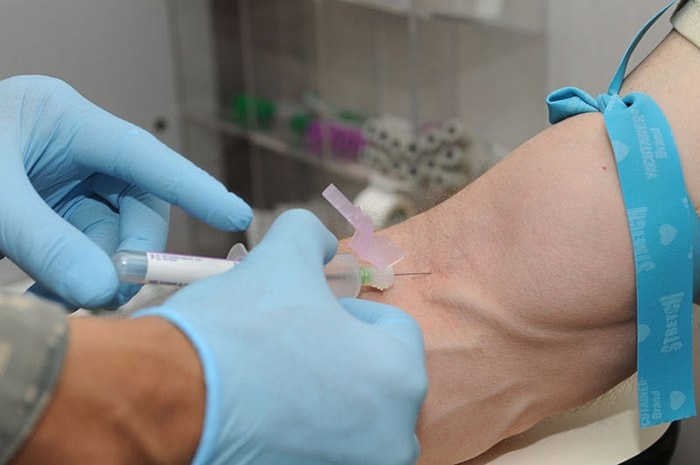British Columbia's Northern Health authority is in the early stages of introducing routine HIV-AIDS testing as part of regular healthcare screening in northern British Columbia.
The routine screening will be introduced to Vanderhoof's St. John Hospital, Fort St. James' Stuart Lake general hospital and Fraser Lakes' community health centre.
The decision follows a 2014 decision set out by the Office of the Provincial Health Officer of British Columbia's HIV testing guidelines which suggests that all citizens between the ages of 18 and 70 years of age be tested every five years for HIV-AIDS.Reports also suggest those in high-risk population groups, such as intravenous drug users and gay men, be tested annually.
The new testing in Vanderhoof is significant as prior to the new initiative the onus for discovering your HIV-AIDS status was entirely on the patient. Patients had to take the initiative to approach their doctor and request a HIV test.
There are an estimated 12, 000 HIV positive people living in British Columbia today according to a report by the Provincial Health Officer. 300-400 new diagnosis are made each year.
Contrary to popular belief, HIV-AIDS is no longer the death sentence it once was, assuming those affected by the illness are diagnosed and treated quickly. Unfortunately, this is often not the case, says St. John Hospital head nurse Heather Floris "I think a lot of people think that HIV is a death-sentence, so they try to keep it under wraps," she says.
According to the provincial health officer 17 per cent of those diagnosed are already in the advanced stage of the illness.
Ignorance is another contributing factor to the spread of HIV-AIDS with 54 per cent of transmissions coming from those who are unaware of their status.
"One of the main reasons for this is that there are people who who do not know they have HIV," Floris says of the new testing guidelines. "We're trying to reduce the stigma so that people are not afraid to get tested, because the earlier you're tested, the earlier you're diagnosed and the the earlier you can start taking medication and live life fully."
April Hughes, the Health Services administrator with Northern Health says that by normalizing testing it allows for increased vigilance and awareness. "It becomes routine," she says. "That was we can pick up on people who have it but don't know that they do."
A similar initiative was employed by the lower mainland's Vancouver Coastal Health authority in 2011. The project there found that 94 per cent of patients agreed to be tested for HIV-AIDS.
Similarily, Prince George introduced a routine HIV-AIDS testing initiative available for any patients who were having blood work performed through the University of Northern British Columbia (UNBC) in Dec. 2013.
The new testing is a part of the From Hope to Health: Towards an AIDS-free Generation initiative and iss being funded by British Columbia's Ministry of Health. Northern HEalth is looking to have routine HIV-AIDS testing in all northern communities by 2016.
